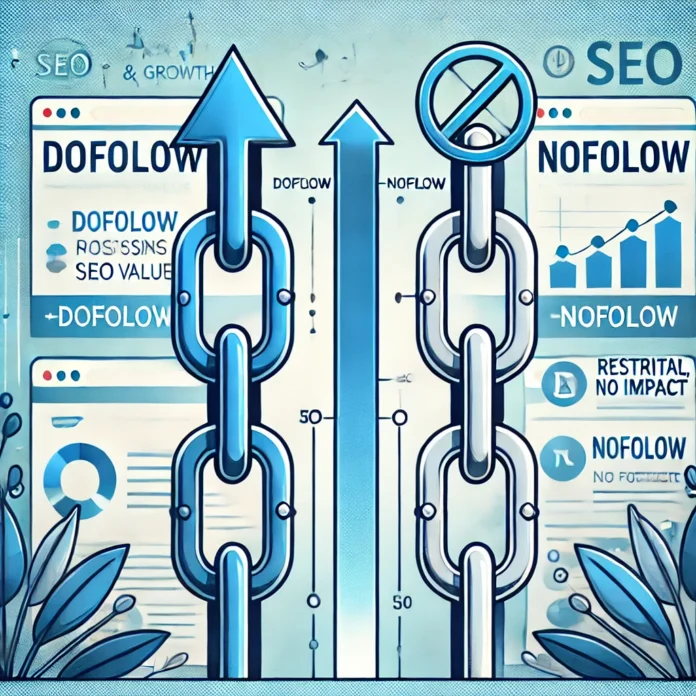When it comes to SEO, understanding the difference between dofollow and nofollow links is crucial. These two types of links play a significant role in how search engines interpret and distribute link equity (or “link juice”).
What Are Dofollow Links?
Dofollow links are standard hyperlinks that allow search engines to follow and pass link authority from one website to another. These links help improve a website’s search engine ranking by transferring credibility and domain authority.
✅ Benefits of Dofollow Links:
- Boosts SEO rankings
- Passes link equity to the target site
- Helps search engines index the linked content
What Are Nofollow Links?
Nofollow links contain a special HTML attribute (rel="nofollow") that tells search engines not to pass link authority to the destination URL. These links are typically used for sponsored content, user-generated content (UGC), and comments to prevent spammy backlinks.
🚫 Characteristics of Nofollow Links:
- Do not pass SEO value
- Still drive referral traffic
- Help prevent spam and maintain link credibility
Key Differences Between Dofollow & Nofollow Links
| Feature | Dofollow Links | Nofollow Links |
|---|---|---|
| SEO Impact | Passes link equity | No link equity transfer |
| Indexing | Helps search engines index | No indexing benefit |
| Usage | Organic backlinks, authority-building | Sponsored links, comments, ads |
| HTML Code | <a href="https://example.com">Text</a> |
<a href="https://example.com" rel="nofollow">Text</a> |
While dofollow links help in ranking, a natural balance of both dofollow and nofollow links is essential for a strong and credible SEO strategy.
For more insights on SEO, visit SkitFirm! 🚀





